Categories
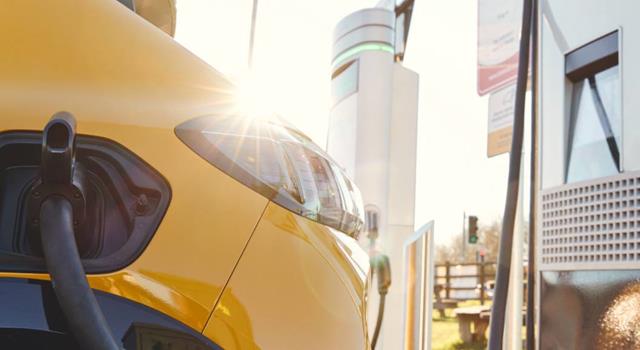
The automotive industry is at a pivotal moment, rapidly transforming to meet the demands of technological advancements, shifting consumer preferences, and evolving regulatory landscapes. As we look toward 2025, the trends reshaping this dynamic se...

In an era defined by globalization, it is crucial for leading industrial companies to have a significant international presence.

Motorcycles are evolving. Once seen as the epitome of manual control and raw power, motorcycles are now at the forefront of some of the most transformative technological integrations in the automotive industry.

The world of agriculture is witnessing a significant transformation, thanks in large part to rapid advances in technology found in farming tools.
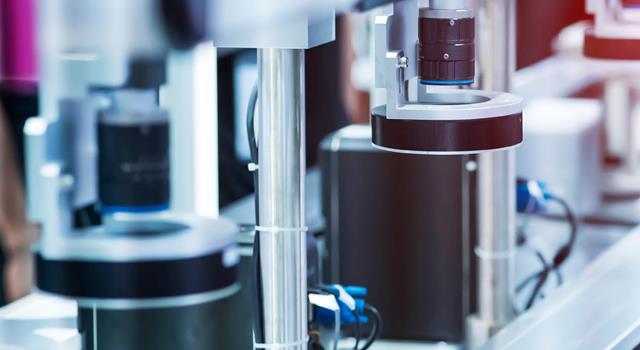
In the rapidly developing world of electric vehicles (EVs), research and development (R&D) is the backbone of technological progress.
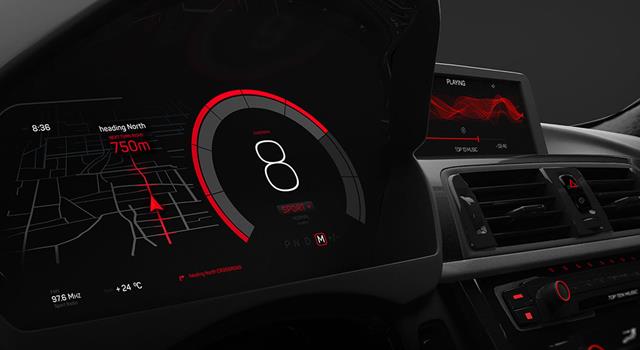
Digital instrument clusters are the futuristic dashboards found in modern vehicles. They display critical information, such as speed, fuel level, and navigation, through digital screens instead of traditional analog gauges.
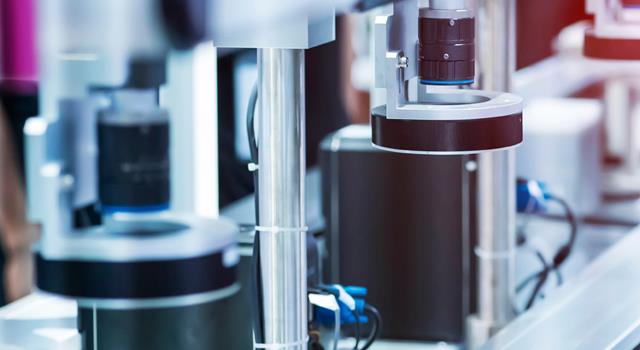
This post delves into the significance of reverse voltage protection in safeguarding Hall effect sensors against potential damages.
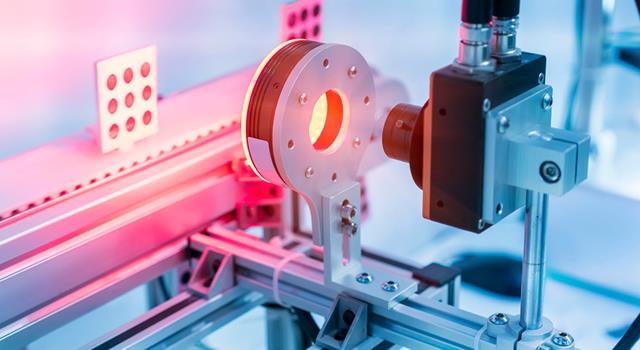
In the ever-evolving world of technology, speed sensors play a pivotal role across various industries.
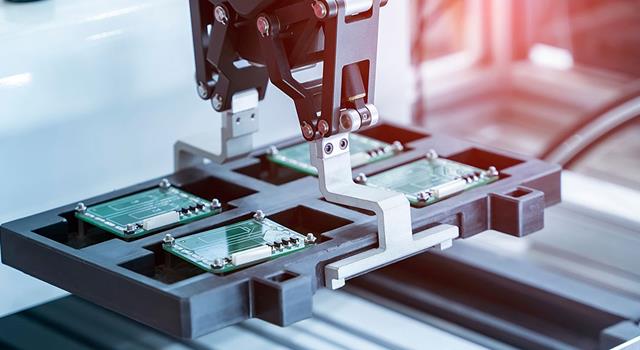
Every day, countless machines and devices rely on the precise measurement of speed to function optimally. One of the unsung heroes of this task is the Hall Effect Speed Sensor.
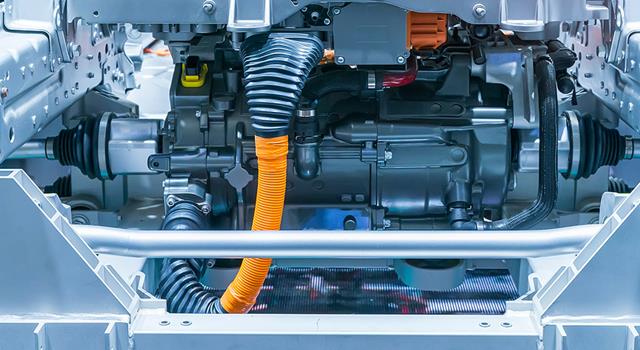
The advent of Electric Vehicles (EVs) marks a significant stride towards eco-friendly transportation, with an ever-growing number of people making the switch from traditional gasoline engines.
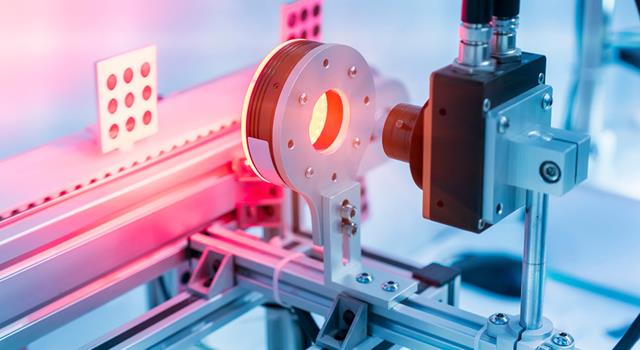
Speed sensors have come a long way in the past few decades. These essential devices are used in a wide range of applications, from automobiles and industrial machinery to consumer electronics and medical devices.





